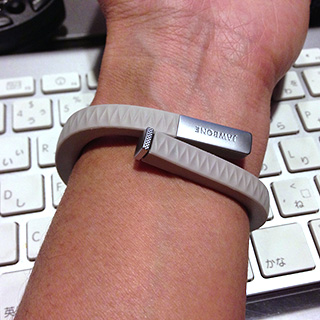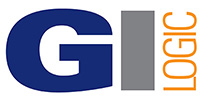 Wearable consumer gadgets can measure the way we sleep, the way we run, the way we breathe, and countless other ways we interact with the world. Along with more specialized medical biosensors like the Abstats AGIS, these devices offer a host of new opportunities for clinicians to both actively and passively monitor patient health and provide better targeted treatments.
Wearable consumer gadgets can measure the way we sleep, the way we run, the way we breathe, and countless other ways we interact with the world. Along with more specialized medical biosensors like the Abstats AGIS, these devices offer a host of new opportunities for clinicians to both actively and passively monitor patient health and provide better targeted treatments.
Here are five key questions that help explain how biosensors can be game changers for the medical profession, taken from presentation by Dr. Brennan Spiegel, Director of Health Services Research at Cedars-Sinai Health System and the principal investigator for Abstats.
The idea of monitoring people passively, where they work, where they live and where they play, provides doctors with more information than can ever be captured during the course of a typical 15 minute exam-room consultation.
An estimated 91% of people keep their phone within three feet, 24 hours a day. This has helped give rise to the Quantified Self Movement.
The market is growing and with the launch of the Apple Watch is will likely get much bigger thanks to the company’s new HealthKit platform that allows health and fitness apps to share their data.
There are a variety of physiologic targets that can be measured by wireless devices, from the brain and heart to the muscles and skin.
With so much data being generated by biosensors there’s a growing need for digitalists to combine big data analysis with clinical knowledge and generate so-called “thick data” that clinicians can use to provide optimal care.
